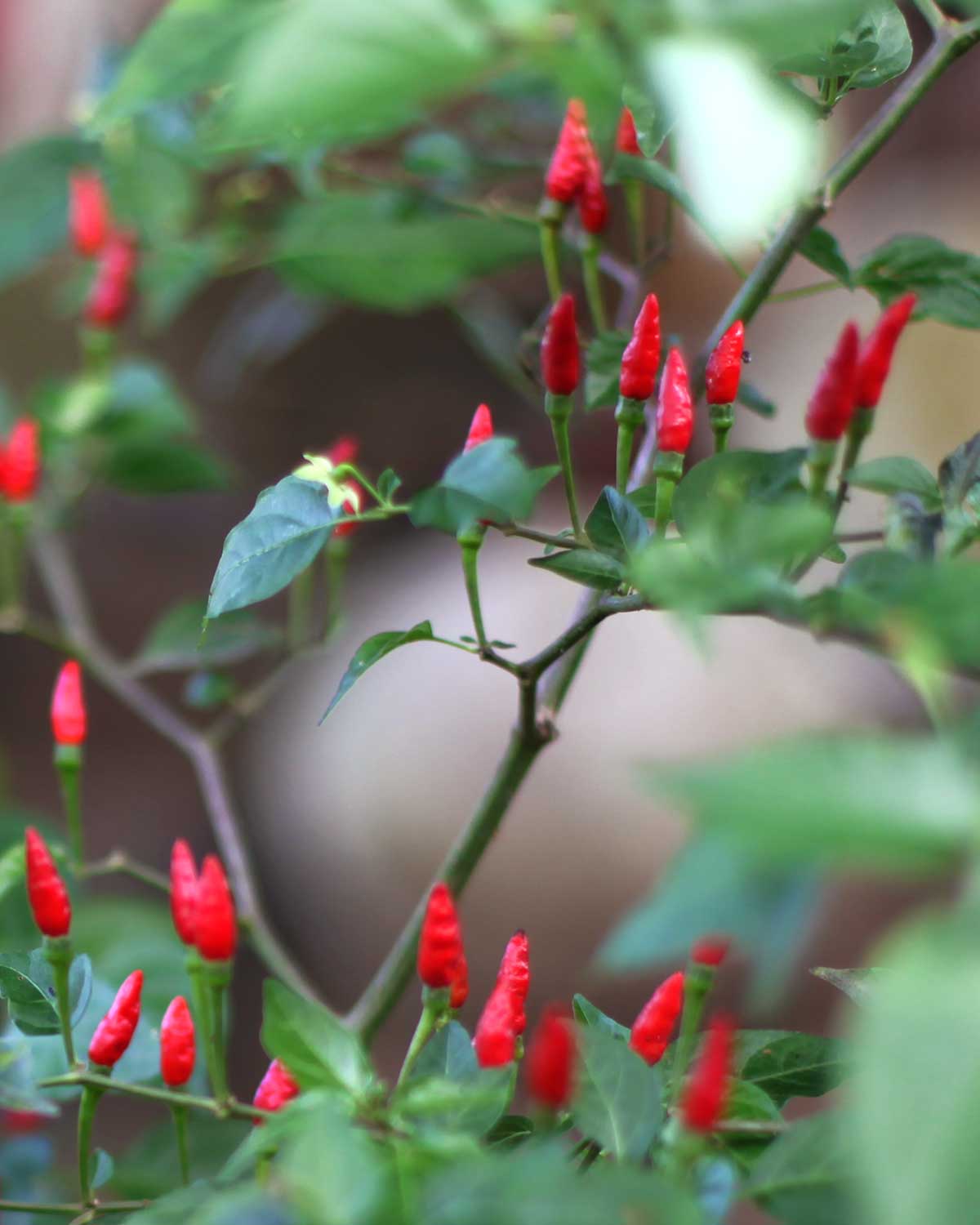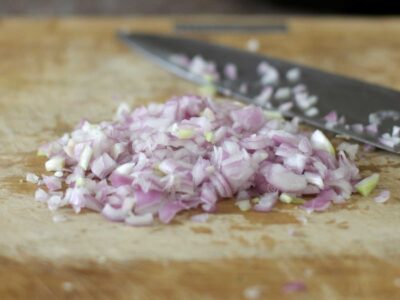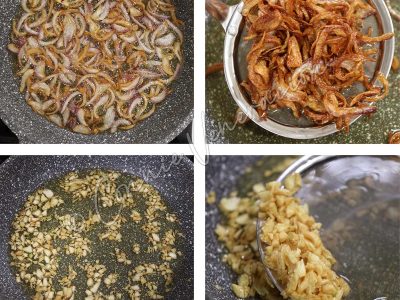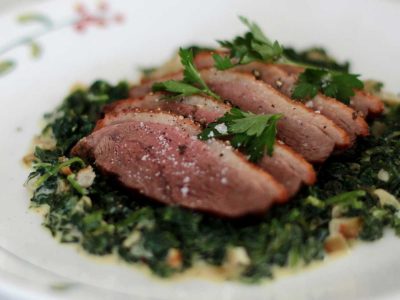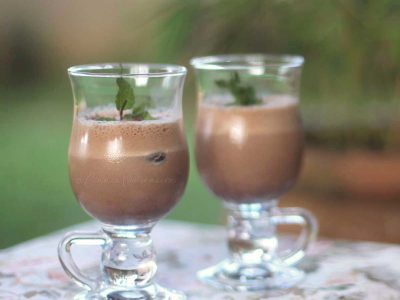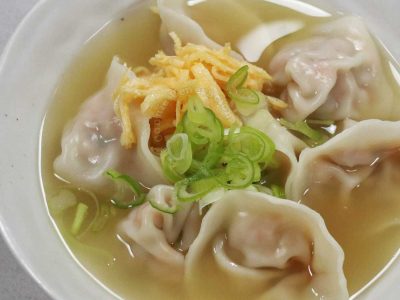Black pepper is Piper nigrum. If you find green, red and white peppercorns in the market, know that they all come from the same plant.
Chilies are berries of the genus Capsicum which include habanero, jalapeño, bird’s eye, cayenne and labuyo, among others.
There are five major species of cultivated peppers in the genus Capsicum:
- C. annuum (includes bird’s eye chili, cayennes, jalapeños, serranos and bell peppers)
- C. chinense (some examples are Scotch Bonnet and Carolina Reaper)
- C. baccatum (most South American chilies fall under this species)
- C. frutescens (includes the Filipino siling labuyo and most chilies grown in India)
- C. pubescens (grown mostly in South America, these plants have hairy leaves and black seeds)
However, the number of cultivars are always changing (because horticulturists love cross-breeding), the name of each cultivar can vary depending on the region, so, it’s hard to track just how many cultivars are grown, which are harvested for food and which are merely ornamental.
Chili cultivars vary in appearance. In size, they range from small to large. In shape, they differ in dimension — some are narrow and pointed while others are round.
Chilies vary in heat; which is the hottest?
The level of heat of chili cultivars vary as well. The Scoville Scale, although recently criticized as subjective, is still widely used as the standard. The world record for the hottest chili has changed over time. The current record holder is the Carolina Reaper, a crossbreed of Ghost Pepper and Red Habanero.
Why is it important to be able to identify chili cultivars?
All that may sound as unnecessary information but, believe me, for home cooks, these things matter. When you go to the market and are confronted with several kinds of chili that differ in size and shape, you have to know the characteristics of each to pick the right one for the the dish you intend to add the chili to.
While it may be easy to distinguish between habanero and jalapeño based on their appearance alone, there are instances when telling one chili from another can get a little tricky.
In Asia, for instance, there is a lot of confusion between the Thai bird’s eye chili and the Filipino siling labuyo. They are both small and thin and red, but the heat level is not the same. Siling labuyo has a lot more heat (with 80,000 – 100,000 Scoville Heat Units) than bird’s eye chili (50,000 – 100,000 Scoville Heat Units). I used to confuse the two thanks mainly to misleading grocery labels. How I discovered the difference is quite a story.
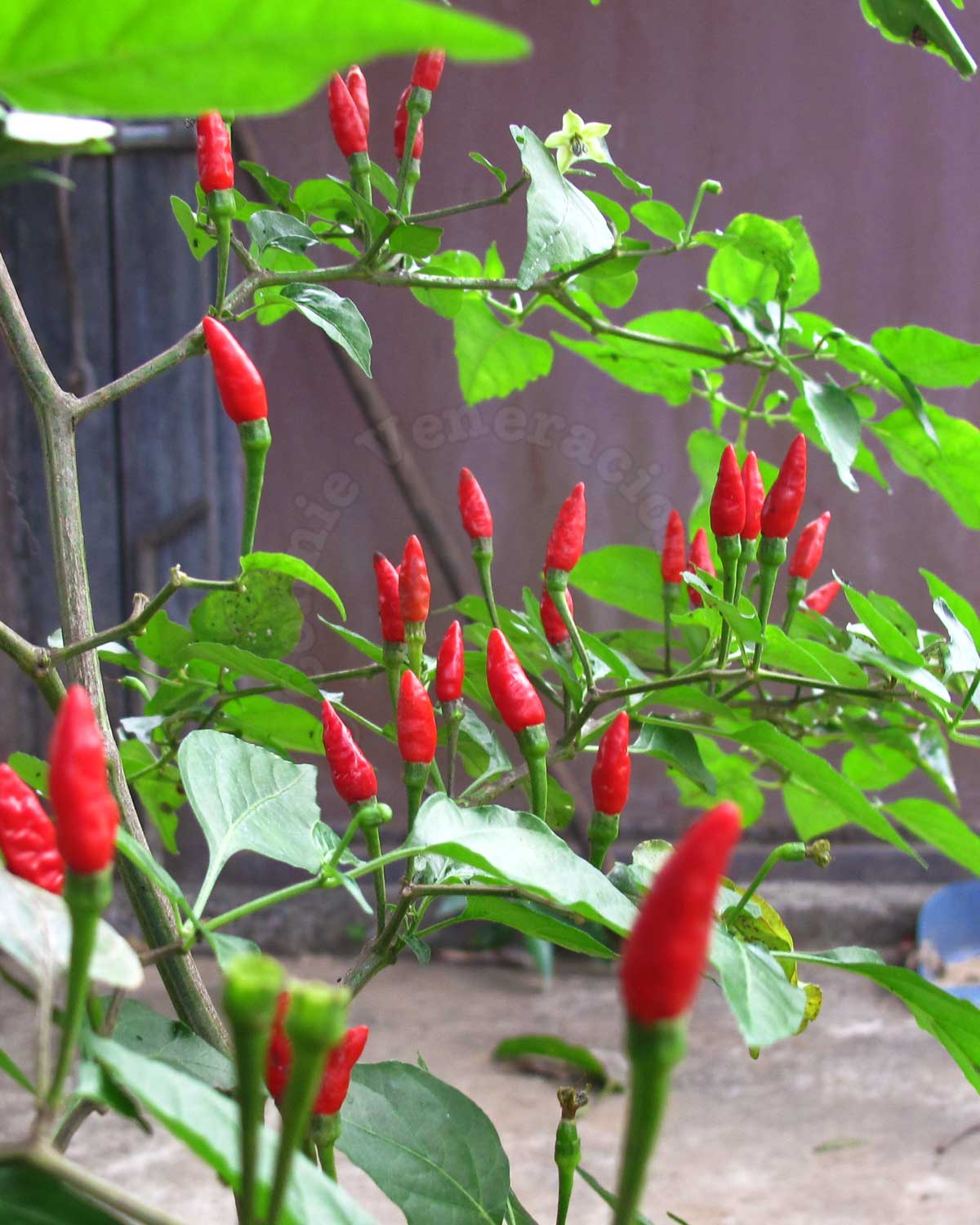
One afternoon, I stepped into the garden searching for a good subject for macro photography. In our garden, vegetables just sprout and chili grows in several spots. I always thought they were bird’s eye chilies. Small, slim and red.
That afternoon, one chili plant, the one that grew near the gate, was heavy with fiery red fruits so it was a logical choice. There were so many fruits growing close together that, in the end, I ditched the macro setting and took photos of a cluster of chilies.
It was while cropping the photos that I noticed how the fruits grow erect — upward from the stalks. I did a double take, checked the other chili plants in the garden and the fruits all grow that way. The confusion was maddening. Surely, no fruit grows upward from its stalk? I’ve seen hundreds of photos of bird’s eye chilies on the web and I don’t recall the fruits growing the way the ones in our garden do. It took an hour of Googling to find the answer.
What grew and has always grown in our garden was siling labuyo, not bird’s eye chili. The berry of bird’s eye chili grows downward. To be more scientific about it, bird’s eye chili belongs to C. annuum while siling labuyo belongs to C. frutescens. Cultivars in C. frutescens are generally smaller and most point upward.
Handling chilies in the kitchen
When we were in college, my brother invited a few friends over for his birthday and he asked me to cook chili mussels to go with their beer. I asked him to help out by chopping the chilies. He washed his hands, chopped the chilies, washed his hands then went to the bathroom. When he came out, he was really angry. Use your imagination.
The bottom line: When handling chilies, it is best to use gloves. Capsaicinoids, the chemicals that give chili its heat, can stay in the skin even after washing your hands, and if you touch any sensitive part of your body with your hands (rubbing your eyes with your hands, for instance), the heat will be transferred and irritation will follow.
The heat of the chili is concentrated in the seeds and membrane
As mentioned earlier, the level of heat of heat of chilies vary. Their flavors of chili cultivars vary too. Some are sweet, some are smoky, some are even slightly bitter.
There are times when we add chilies in our dishes not so much for added heat but to capture the other flavors. There are times too when we add them for color. In these instances, we want a lot of chilies but we do not want to be overwhelmed by the heat. While some people swear that spiciness makes a dish more appetizing, there are also studies that say too much spice and the tongue loses its ability to savor other flavors.
So what do we do when we want all those reds and greens in our dishes but not the corresponding spiciness?

Slit the chili lengthwise and scrape off the seeds and membranes with a knife or a teaspoon.
Getting rid of the skin of the chili
If you like ordering chili relleno and cheese sticks with chili strips in restaurants, you must have noticed that no chili skin gets stuck on your tongue or, worse, on the roof of your mouth. That’s because they have been skinned.
Unless chilies are finely chopped or ground to a paste before they are added to a dish, heat during cooking loosens the skin from the flesh. If you’re serving your chilies whole or in large chunks, and they’re not going to be cooked long and slow in a dish, it might be a good idea to remove the skins.
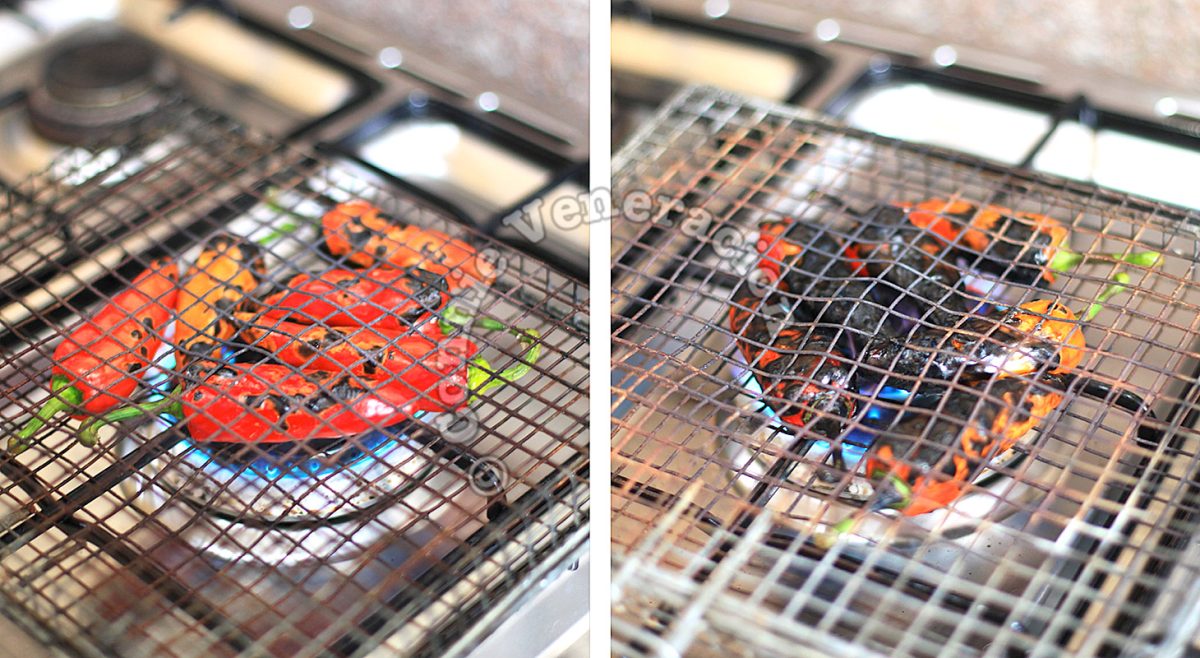
This technique can be used to skin bell peppers too.
First, you need to loosen the skin. I like roasting chilies on an open flame but you can also loosen the skin by blanching, steaming or broiling. When roasting on an open flame, a fish basket is very useful. Just leave the chilies or bell peppers to scorch, flipping over occasionally.
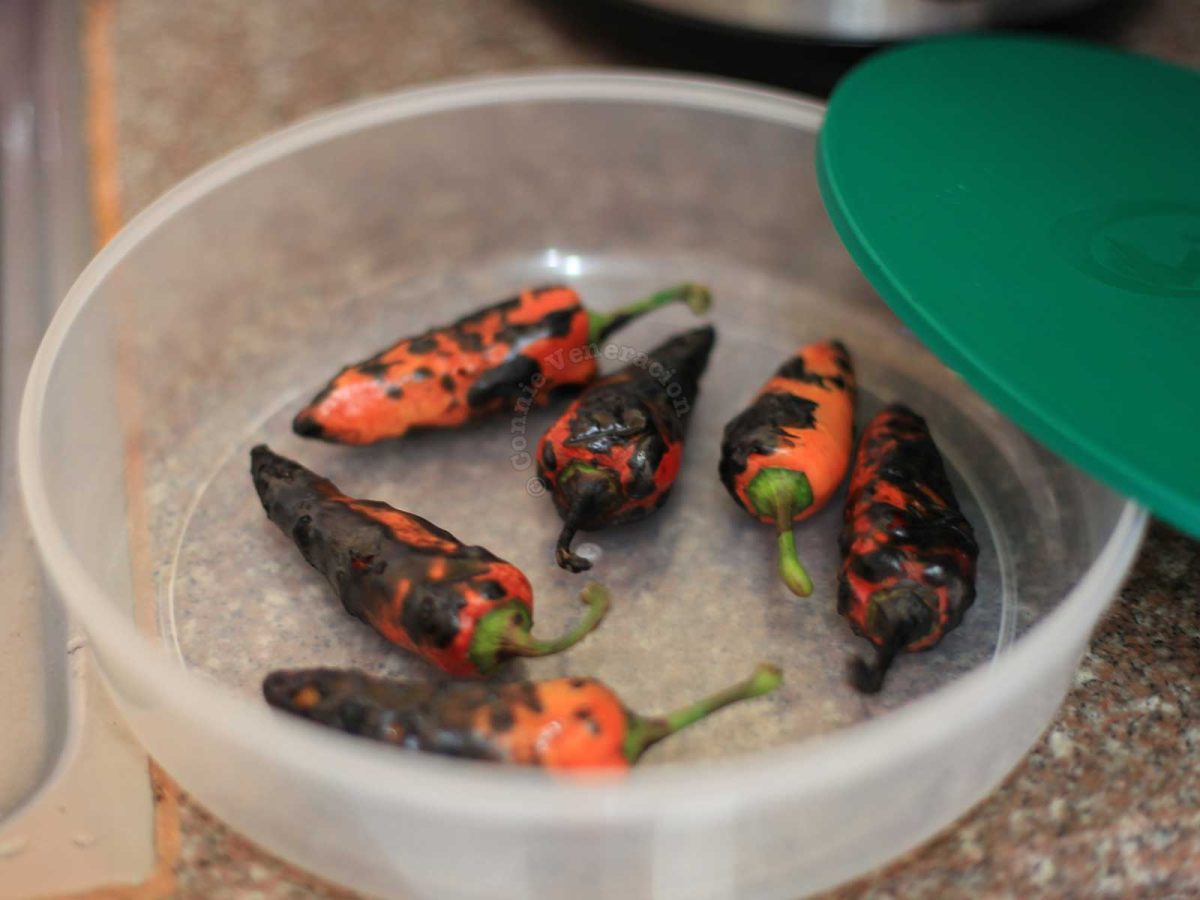
Transfer the chilies to a container with a lid (even a resealable bag will do), seal and leave until cool. The steam generated will loosen the skin. To remove the skin, simply peel off. It comes off easily. Or rub between sheets of paper towels.

